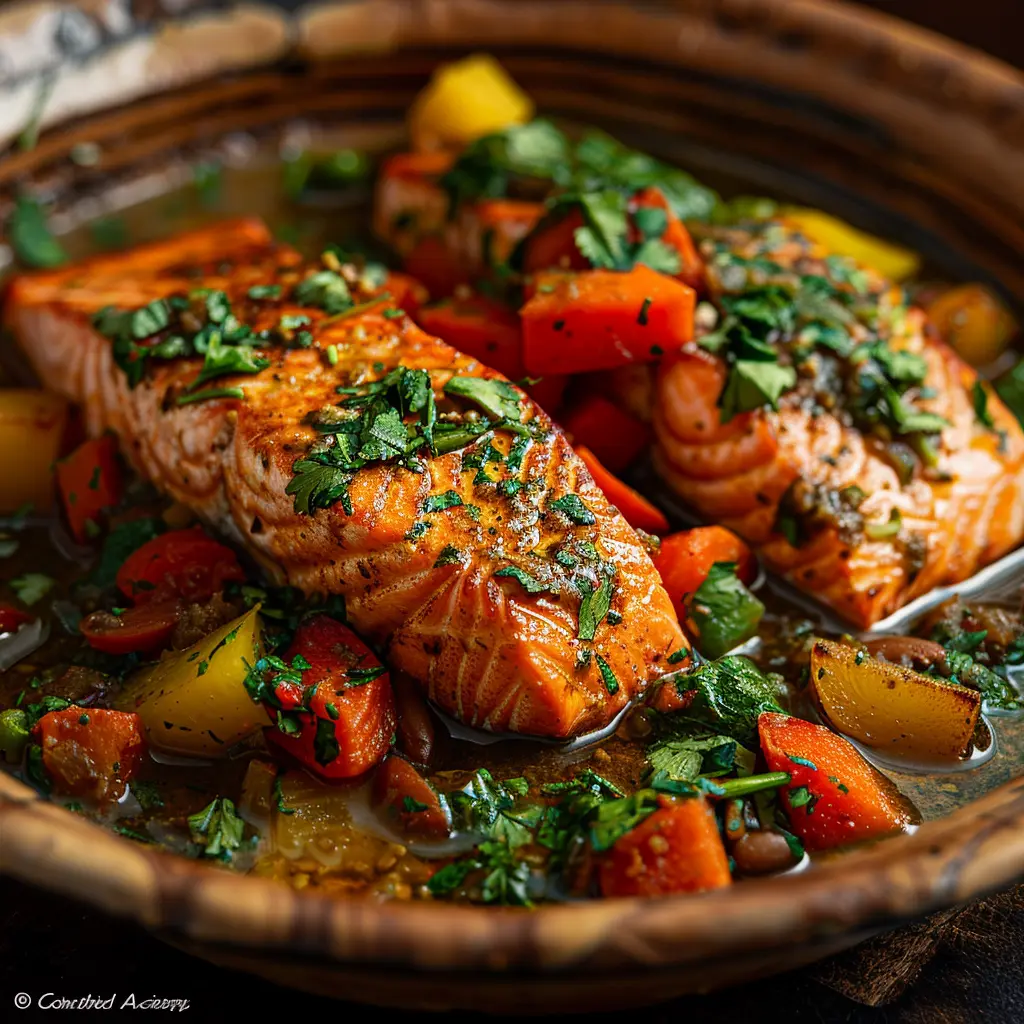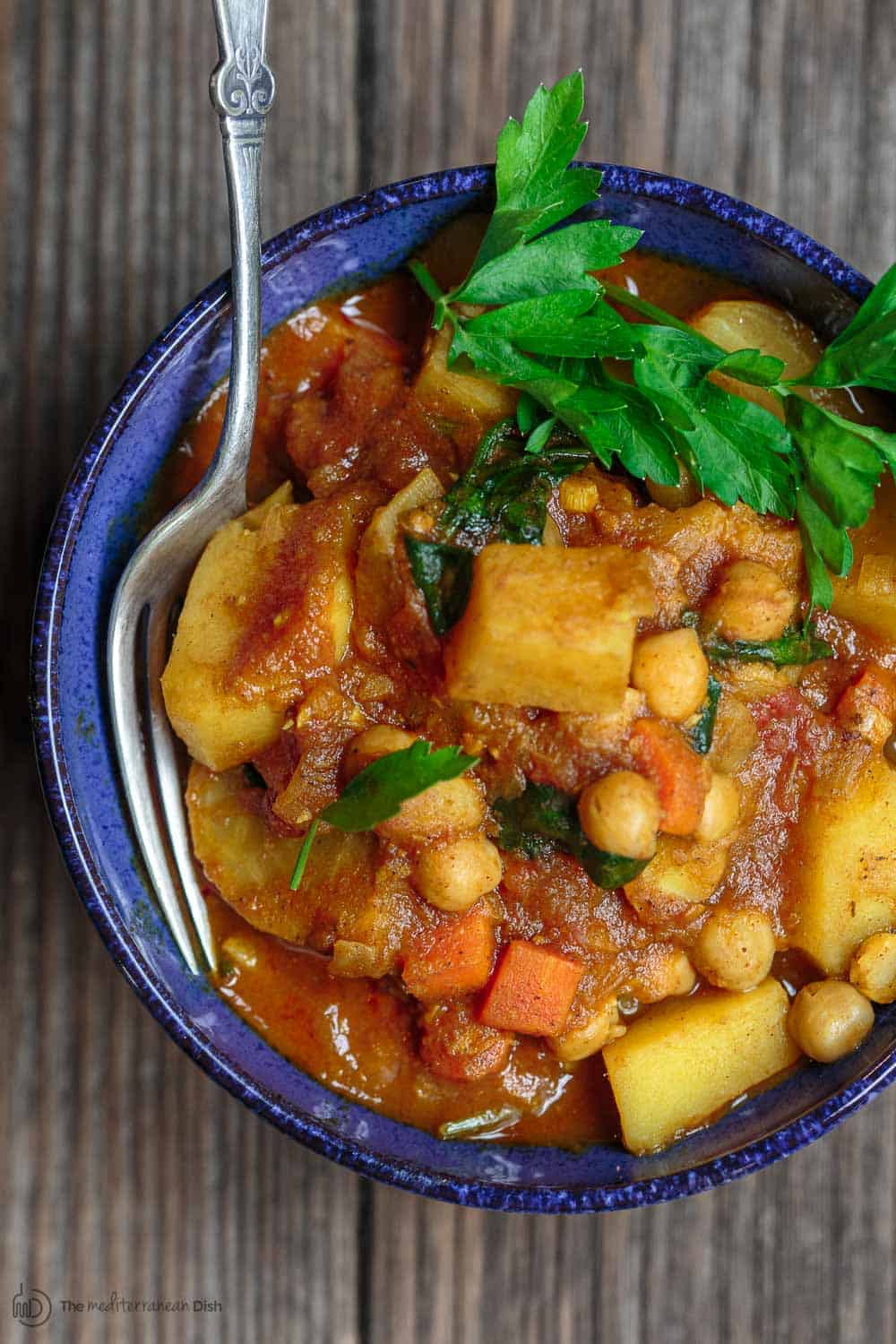Mediterranean Food: A Flavorful Journey Through Custom and Taste
Mediterranean cuisine serves as a remarkable intersection of tradition and taste, attracting from a varied array of societies that cover continents. This cooking heritage not just showcases the use of fresh, regional ingredients yet also highlights the importance of public dining experiences that have been treasured for generations. The extensive tastes and wellness benefits linked with the Mediterranean diet regimen have garnered international admiration, yet under its surface lies an intricate story of historic influences and local specialties that call for additional expedition. What special components add to its enduring allure and value in contemporary cooking techniques?
Beginnings of Mediterranean Food
The beginnings of Mediterranean food are deeply rooted in a rich tapestry of background, geography, and social exchange. This culinary tradition arises from a region defined by its diverse landscapes, consisting of coasts, mountains, and abundant plains, which have actually influenced its farming practices and food production. The Mediterranean Basin, encompassing countries such as Italy, Greece, Spain, and Turkey, has actually been a crossroads of civilizations for millennia, where profession paths promoted the exchange of active ingredients, methods, and culinary approaches.
Ancient cultures, including the Greeks and Romans, considerably designed Mediterranean foodways, stressing the significance of fresh, seasonal produce and common eating. The spread of agriculture, particularly the growing of grains, olives, and grapes, laid the structure for recipes that stay staples today. In addition, the impact of numerous conquerors and investors, such as the Moors and Ottomans, presented brand-new flavors and cooking styles, better enhancing the food.
Today, Mediterranean cuisine is celebrated not only for its flavor and variety yet additionally for its focus on healthy consuming, symbolizing a balanced approach to nourishment that continues to interest worldwide tastes buds. This historical interaction of ingredients and societies creates the significance of what we currently identify as Mediterranean food.
Trick Ingredients and Flavors
Mediterranean food is defined by a lively variety of essential ingredients and flavors that show the area's farming bounty and social heritage. Central to this cooking practice are fresh veggies, fruits, and natural herbs, which give essential nutrients and dynamic preferences. mediterranean restaurant las vegas. Staples such as tomatoes, eggplants, olives, and bell peppers are frequently included, showcasing the area's varied environment and soil
Olive oil, often considered as the backbone of Mediterranean food preparation, imparts splendor and depth to meals. It is matched by a variety of herbs and spices, including garlic, basil, and oregano, which boost the tastes of meats, fish and shellfish, and grains. Grains, specifically wheat and rice, act as essential components, with recipes like couscous and pasta being staples across the area.
In addition, beans such as lentils and chickpeas not just offer protein yet likewise contribute to the food's heartiness. Jointly, these ingredients create an unified balance that defines Mediterranean cuisine.
Regional Variants and Specialties
Varied regional variants and specialties identify Mediterranean food, mirroring the one-of-a-kind social impacts, location, and history of each area. In the seaside regions of Italy, for instance, seafood this post preponderates, with recipes like Sicilian caponata showcasing a blend of eggplant, olives, and capers. Greece is renowned for its usage of feta cheese, olives, and fresh herbs, obvious in timeless preparations such as moussaka and spanakopita.
The Levantine nations, including Lebanon and Syria, emphasize making use of seasonings and grains, with specialties like tabbouleh and kibbeh taking spotlight. North Africa, especially Morocco, sticks out for its aromatic tagines and couscous, usually enriched with dried out fruits and a rich array of seasonings.
On the other hand, the Iberian Peninsula highlights using healed meats and bold tastes, with Spanish paella and Portuguese bacalhau exemplifying the area's culinary diversity.
Each Mediterranean region not only commemorates its neighborhood components but also mirrors the historic profession courses and cultural exchanges that have formed its food society, producing a vibrant tapestry of tastes that astounds the palate.
Cooking Methods and Designs
Cooking methods and designs in Mediterranean food are as varied as the regions themselves, often showing readily available components and regional traditions. The i loved this heart of Mediterranean cooking hinges on its simpleness, where fresh fruit and vegetables, herbs, and olive oil take spotlight. Methods such as grilling, toasting, and sautéing are commonly employed, enabling the natural flavors of the ingredients to radiate.
Cooking, widespread in coastal locations, infuses seafood and meats with a great smoky splendor, while toasting, particularly between East, boosts the sweetness of origin veggies and meats. Sautéing, frequently made use of in Spanish and italian recipes, offers a fast technique to highlight the splendor of garlic and onions, functioning as a structure for lots of sauces.
Stewing is another essential technique, especially in North African cuisines, where tagines simmer fragrant seasonings and tender meats slowly, melding tastes over time - mediterranean restaurant las vegas. Cooking, specifically in the context of bread and pastries, holds a considerable location in Mediterranean culture, with each region boasting its very own specialties. On the whole, these diverse cooking techniques not only commemorate the components but likewise show the deep-rooted culinary heritage of the Mediterranean, making each recipe a testament to its abundant background

Health Perks of Mediterranean Diet
Routinely acknowledged for its many health benefits, the Mediterranean diet plan stresses the usage of whole, minimally refined foods that advertise total wellness. This dietary pattern is rich in fruits, veggies, whole grains, vegetables, nuts, and healthy and balanced fats, particularly olive oil, while encouraging modest consumption of fish and poultry and limiting red meat and sweets.
Research constantly connects the Mediterranean diet plan to a range of health and wellness benefits. Significantly, it has actually been connected with a reduced danger of cardio diseases, greatly as a Get More Information result of its focus on heart-healthy fats and antioxidants. The diet regimen is also thought to enhance cognitive feature and may reduce the threat of neurodegenerative conditions such as Alzheimer's.
Additionally, the Mediterranean diet regimen supports weight administration via its concentrate on nutrient-dense foods that advertise satiation. The high fiber web content from fruits, veggies, and entire grains aids food digestion and helps keep healthy and balanced blood sugar levels.
Along with physical health, the Mediterranean diet plan fosters social health, as it encourages common meals and shared cooking experiences. In general, embracing this diet regimen is not only a path to enhanced health however additionally an event of flavors, society, and community.

Conclusion
In verdict, Mediterranean cuisine works as an abundant tapestry of practice and preference, showcasing varied local flavors and components. The focus on fresh produce, olive oil, and fragrant herbs not only enhances cooking experiences but also promotes many health and wellness advantages. By welcoming classic food preparation methods and promoting communal dining, this culinary heritage remains to influence and attach individuals throughout cultures, solidifying its status as a treasured and influential component of international gastronomy.

Cooking methods and designs in Mediterranean food are as varied as the areas themselves, frequently showing neighborhood customs and offered active ingredients.In verdict, Mediterranean food serves as a rich tapestry of practice and taste, showcasing diverse local flavors and active ingredients.
 Amanda Bearse Then & Now!
Amanda Bearse Then & Now! Andrea Barber Then & Now!
Andrea Barber Then & Now! Erik von Detten Then & Now!
Erik von Detten Then & Now! Rachael Leigh Cook Then & Now!
Rachael Leigh Cook Then & Now! Justine Bateman Then & Now!
Justine Bateman Then & Now!